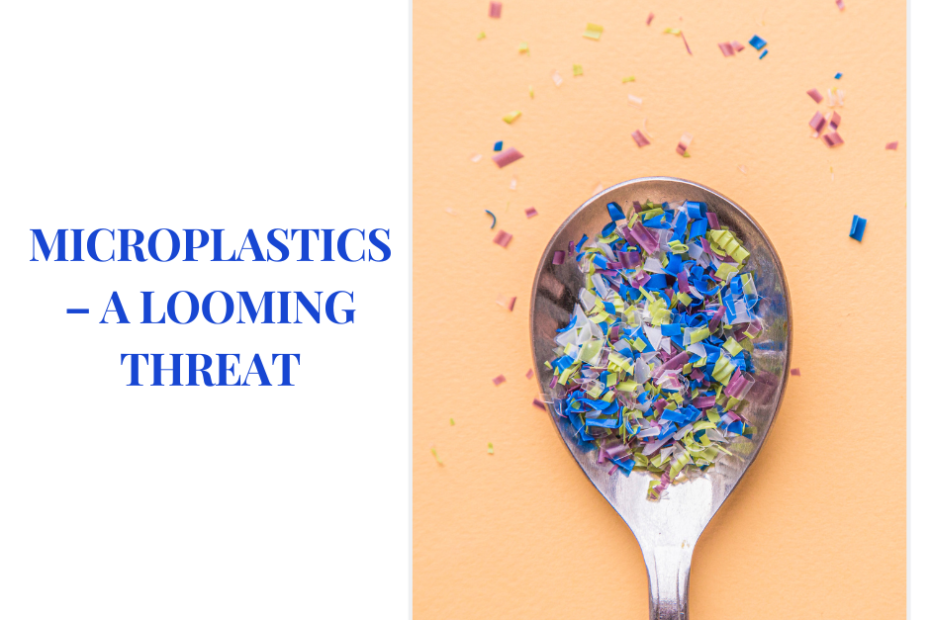With the advancement of technology, we have made good progress economically and socially in the last few decades. Quality of life has improved considerably in many parts of the world, not just products but the human race has evolved at every level. But it has come with its own drawbacks as the fast development has caused a lot of environmental degradation, and its effects are much more evident now in terms of climate change, pollution, and health hazards. We have surrounded ourselves with numerous products to make our lives comfortable and easy, but many of these are proving to be harmful to the environment and our health. Over the years, scientific research has highlighted many such threats due to the chemicals or other toxic matter present in the products with the potential to cause significant damage to human health and the environment. One such latest revelation is about Microplastics.
What are microplastics?
Microplastics are tiny particles of plastics measuring less than 5mm in diameter. They are further classified into two categories Primary and Secondary. Primary microplastics are usually found in personal care products and plastic fibers used in textiles. Secondary microplastics result from the breakdown of other commonly used plastics like water bottles, buckets, containers, packaging, carrier bags, etc.
Why should we be concerned about them?
Unlike the name micro, the harmful effects of microplastics are proven to be massive by researchers on the ocean and aquatic life. Microplastics are found to lodge in the organs of fish and cause deadly diseases. Recently, in May 2021, a paper published in the journal Environment International found the presence of microplastics in human blood. The study found that 17 out of 22 people had microplastics originating from commonly used products in their blood. A similar study conducted by the New York University School of Medicine found that ‘infants have 10 to 20 times higher microplastic concentrations in their stool than adults, specifically when it comes to PET (Polyethylene Terephthalate, used in textile fibers, water bottles, etc.) microplastics’. Many plastics contain additives like phthalates and Bisphenol-A (BPA) to add flexibility and resilience. Several studies suggest the harmful effects of these additives on metabolic conditions and cardiovascular health. The ongoing research indicates that microplastics can contain chemicals that are carcinogens, hormone disruptors, etc., and cause cancer, birth defects, and infertility.
What can we do?
Since plastic usage and production are rapidly increasing, we need to be cautious and wary of microplastics entering our bodies. Few surveys have indicated that we may ingest dozens to lakhs of microplastics from the air, water, and seafood and exposure to general use plastic. As research points toward harmful long-term impacts on health, including damage to cells and cancer, it is therefore very imperative for us to take preventive measures. Adopting a sustainable lifestyle and practicing conscious consumerism can help us lead a toxin-free life and force manufacturers to change how their products are made. We can avoid microplastics and many other toxic chemicals by adopting simple practices such as –
- Avoiding drinking from plastic water bottles
- Keeping home ventilated and clean
- Choosing clothes made from cotton and natural fibers
- Avoiding eating from plastic containers and plates
Sources-
https://www.self.com/story/microplastics-in-humans-health
https://www.drishtiias.com/daily-updates/daily-news-analysis/microplastics-in-human-blood
